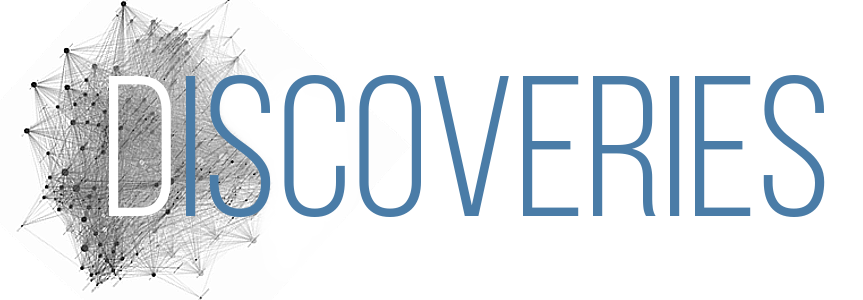Community health centers provide care to over 20 million people nationwide. As they primarily serve low-income and minority populations, they are intended to be culturally sensitive, but a recent study by Emily Mann shows otherwise. In her findings, these centers often promote white, middle-class ideals about how to be a good “sexual citizen”. The clinics encourage clients to be in monogamous, heterosexual, preferably married, relationships, implicitly signaling that this is the only acceptable and respectable way to be a sexual citizen. Further, these health providers push expectations of the “right” trajectory to adulthood; deviations from the “school, then work, then baby” path are seen as negative.
Through in-depth interviews with care providers, Mann found many centers focused on teenage pregnancy among low-income Latina youth as a social problem, concentrating on pregnancy prevention. Mann, however, argues the “abstinence until after school, work, and marriage” agenda severely limits sexual education. Latina women are getting the abstinence message, but missing out on vital information about safe sex, reproduction, and alternative sexualities. Providers also seem to ignore the limitations to work and education in their clients’ communities; the “normal” path to adulthood may not be accessible for these patients.
By framing the sexual and reproductive practices of Latina youth as deviant and problematic, Mann argues that community health providers are unintentionally questioning the legitimacy of girls’ sexual citizenship. What health providers think their clients need and what their clients actually need simply do not fit. When doctors and nurse practitioners serve as ambassadors, how can they simultaneously treat their patients, interrupt social inequality with increased education, and create culturally respectful clinic environments? The sexual citizenship test is harder than we thought.
//
![]()
